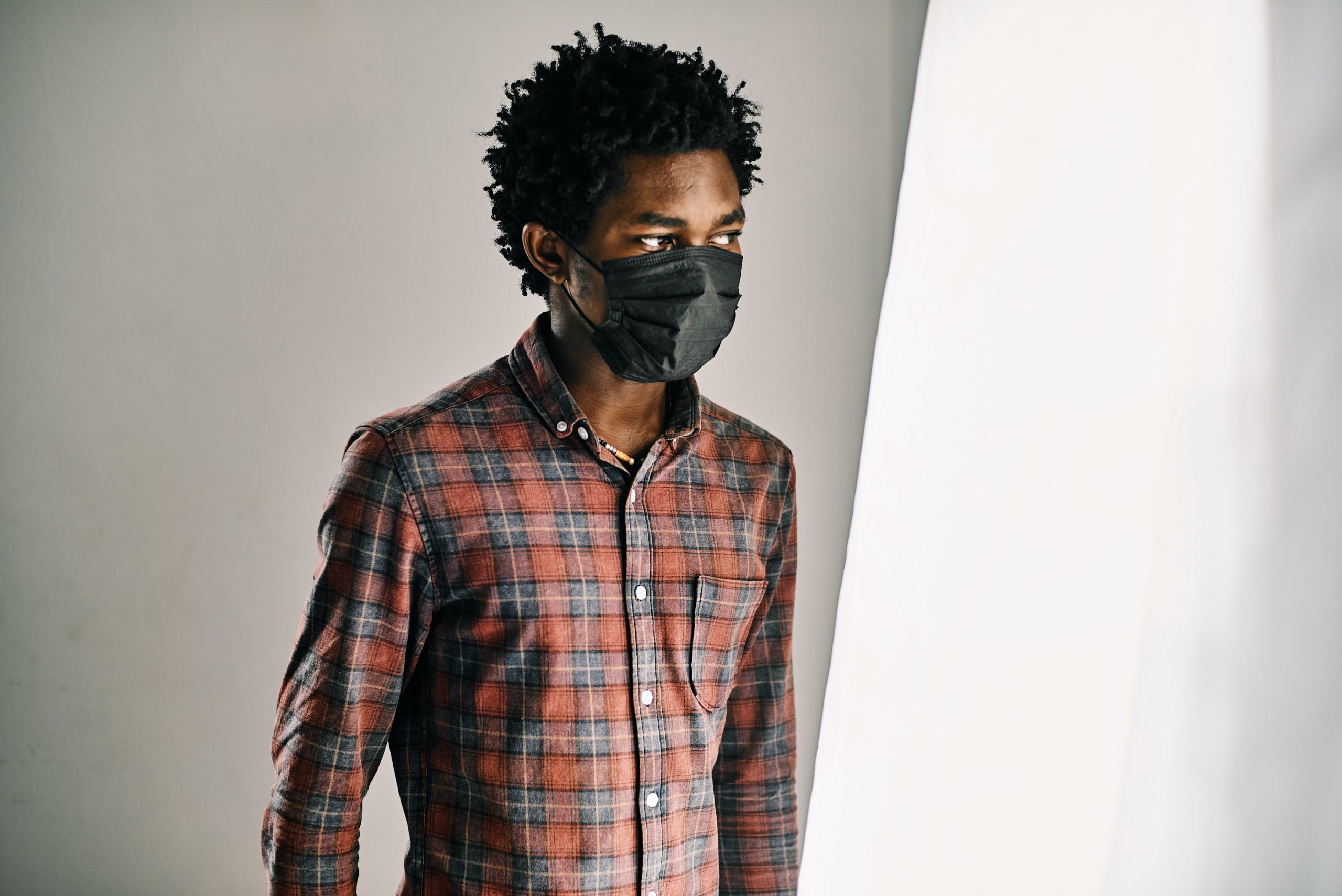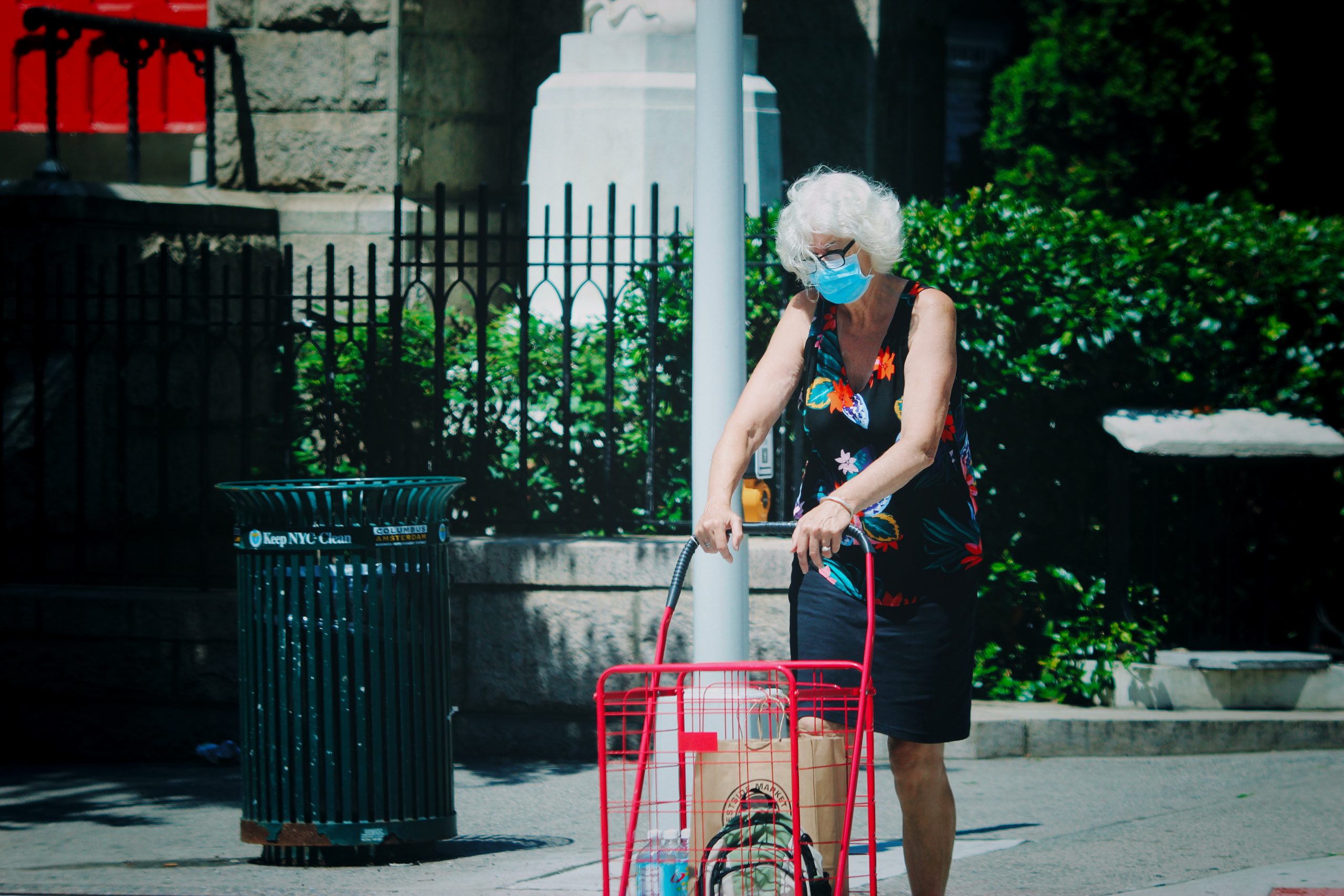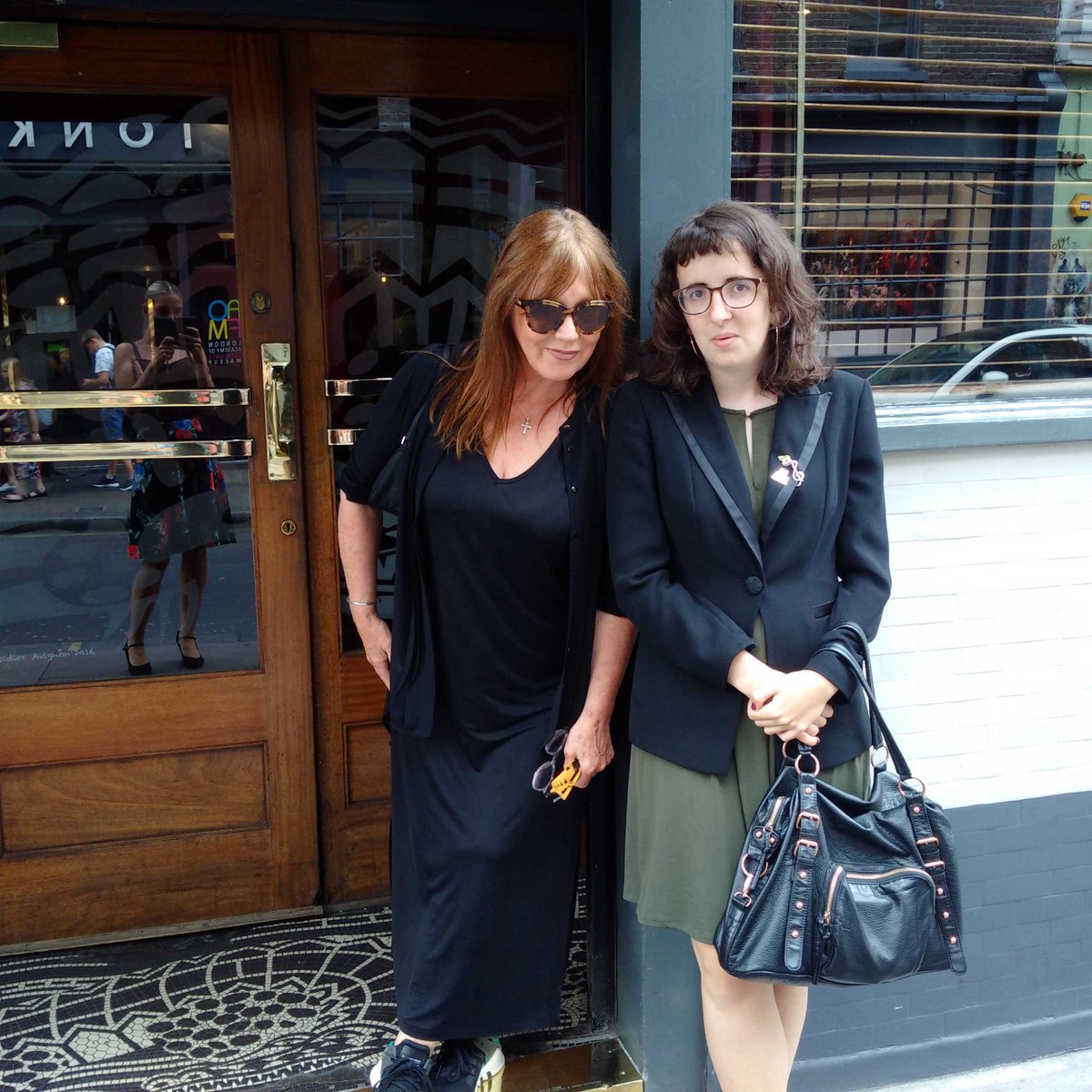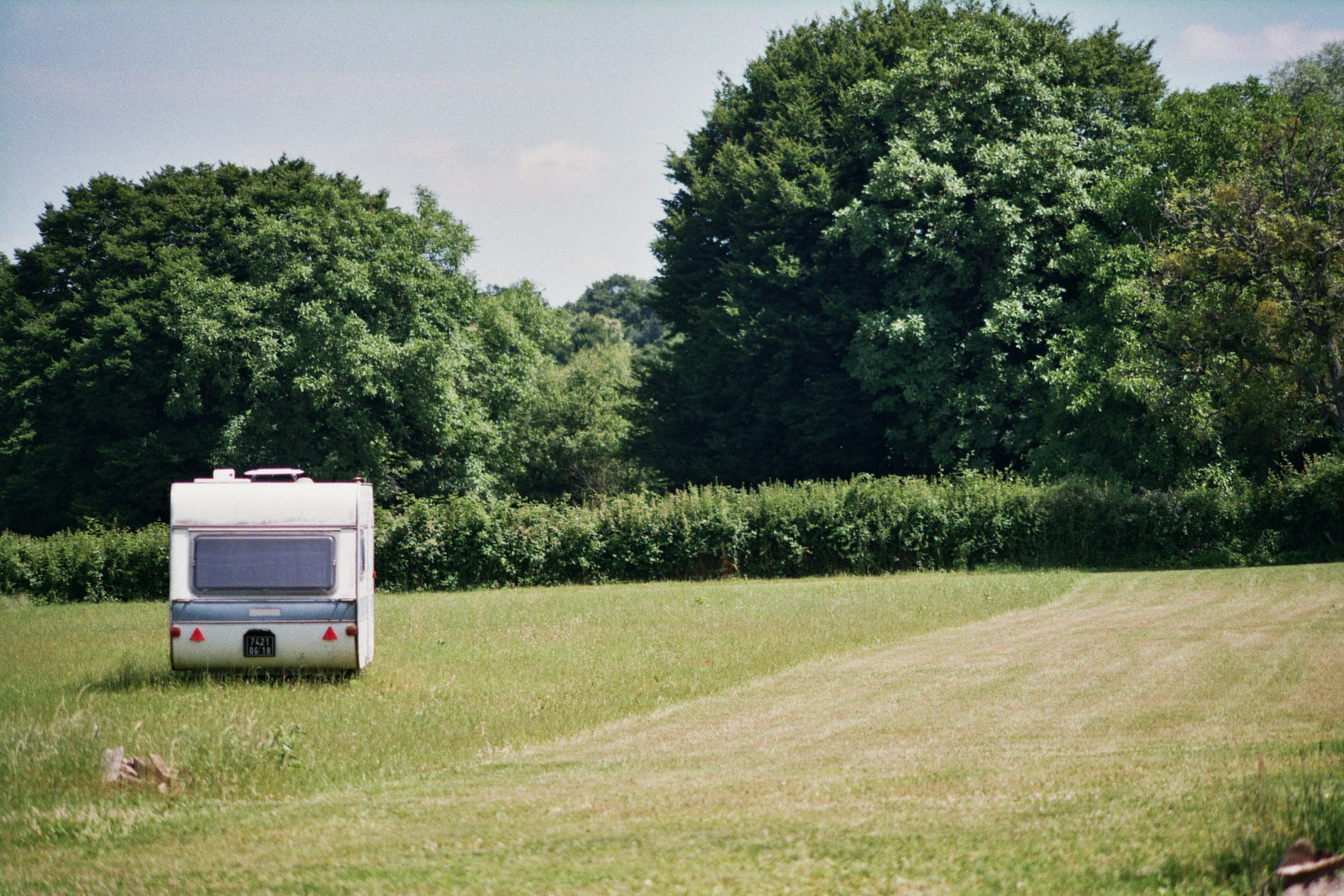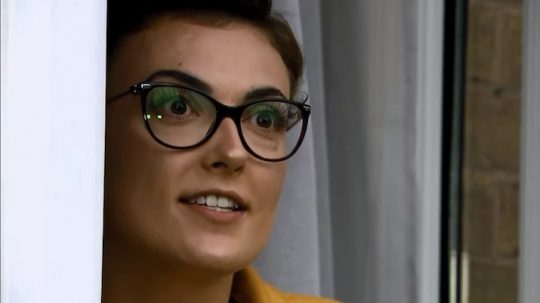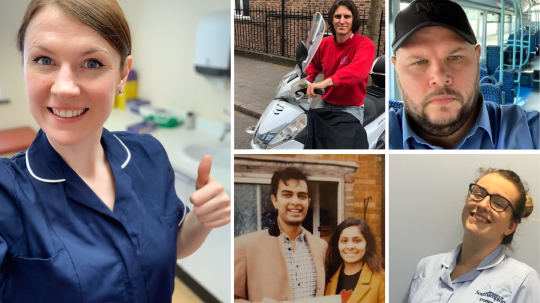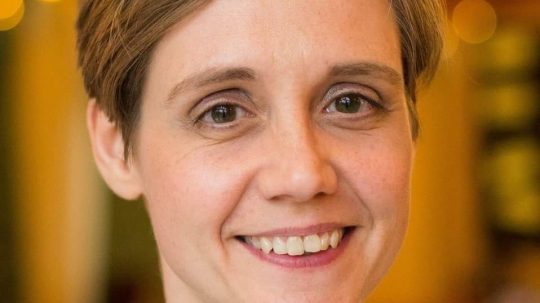Shielding – a piece of public health jargon with which we’re all now familiar – has seen individuals deemed clinically extremely vulnerable to Covid-19 asked to stay inside and avoid all contact with those outside their households.
Last month saw so-called ‘Freedom Day’ come and go in the UK, at which point almost all pandemic restrictions were lifted. Despite daily coronavirus case numbers still now in the tens of thousands, official government guidance for those shielding in England was paused on April 1 2021. Pockets of the shielding demographic, however, chose to continue shielding for an array of reasons.
Article 2 of the Human Rights Act enshrines the right to life. Whilst the relaxation of Covid-19 restrictions was welcomed by many, those electing to continue shielding to protect their health – without government guidance or support – must contend with a threat to this right. Their right to liberty and security – covered under HRA Article 5 – is also at risk.
What Is The Current State Of Play?
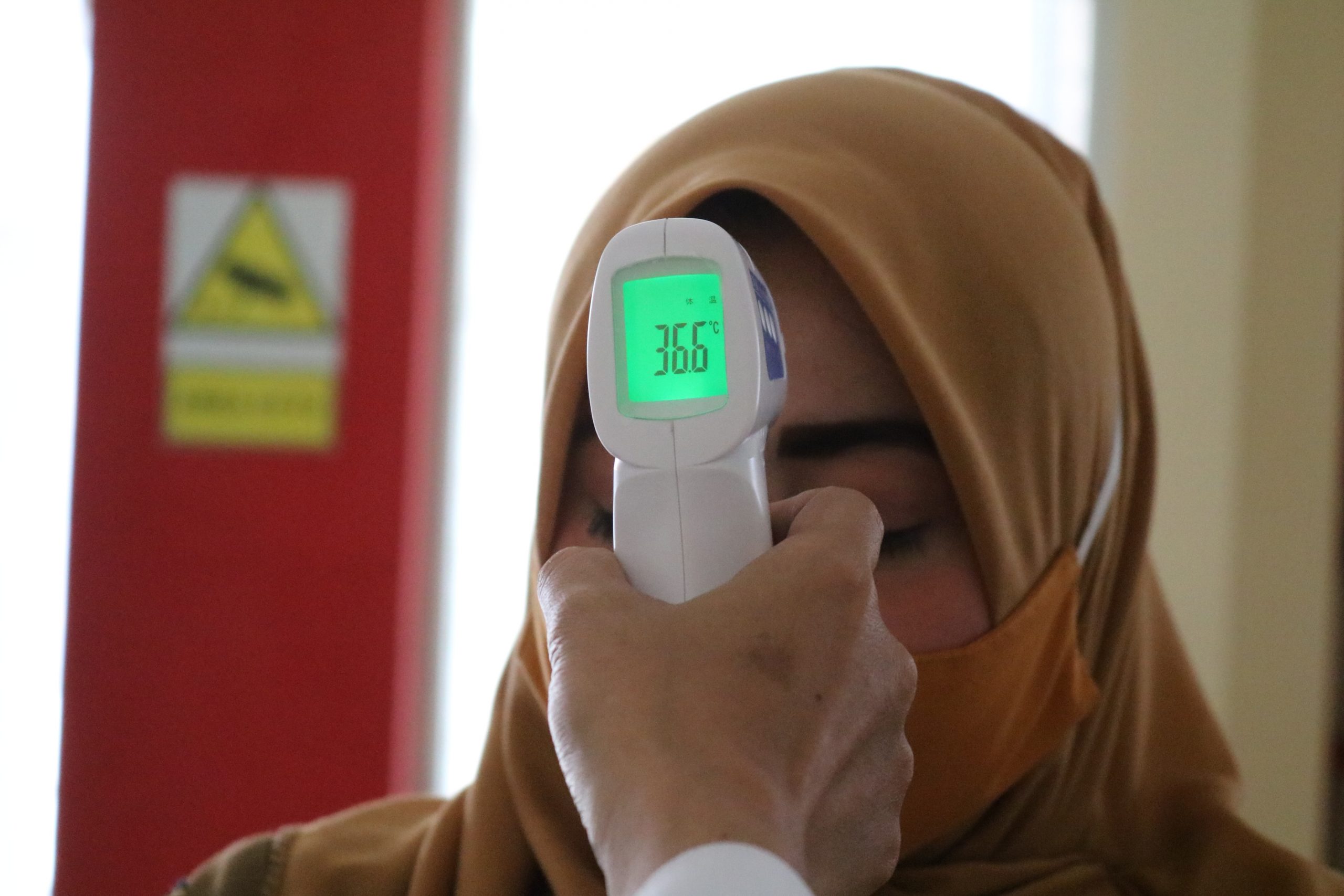
Credit: Mufid Majnun / Unsplash
Prior to July 19, shielding guidance remained generally consistent during the three lockdowns in the UK. Individuals with disabilities or underlying health conditions that classed them as ‘clinically vulnerable’ to Covid-19 were advised to stay put by the government or their GP. They were encouraged to minimise contact with anyone outside their home, including avoiding trips to supermarkets, leaving many shielders sequestered at home for months on end. A further 1.7 million people were added to the shielding list in February, owing to updated risk modelling by the UK government.
‘Freedom Day’ saw almost all pandemic restrictions lifted in the UK, despite warnings from 1,200 scientists. The current guidance for those deemed clinically extremely vulnerable is to avoid crowded places and unvaccinated individuals.
“Since restrictions such as social distancing and masks in public spaces have been removed, the burden has been placed squarely on the clinically vulnerable,” said Frances Ryan, author of Crippled and columnist for The Guardian. “As we’ve also seen in the debate over mandatory vaccines for care workers, society is too often in a rush to protect the rights of healthy people to be unsafe but content to curtail the rights of disabled people to live.”
How Has The Relaxation of Covid-19 Restrictions Impacted Shielders?

Credit: Kelly Sikkema / Unsplash
Shona Louise, a photographer, freelance writer and Etsy shop owner, has Marfan syndrome, a disorder of the body’s connective tissues. She was asked to shield in February 2021 as part of the updated shielding list but had already been doing so. After ‘Freedom Day’ in the UK, she feels more vulnerable than ever before. “It’s really disappointing to see a lot of the accessibility we gained during the pandemic be suddenly pulled away,” said Louise. “I really wish the government had at least kept mandatory mask-wearing in place too; it’s a small thing that can go a long way to making someone CEV (clinically extremely vulnerable), like me, feel safe. I understand that we do need back some normality, but taking away the things that can facilitate that safely doesn’t make sense to me.”
The number of individuals electing to remain shielding is difficult to estimate, as no definitive data are available. Some individuals have been urged to continue shielding, on the advice of their GP.
Writer Karl Knights, who is autistic and has cerebral palsy, is continuing to shield. “As a seemingly indefinite shielder, it feels like I have become a plume of smoke. My peers go on with their lives as though the pandemic has ended; meanwhile, the danger to disabled people like me has gone nowhere,” he said. “Stories of no masks being worn on buses, trains or in shops increase daily. Like so many people, I’m being forced to contemplate an indefinite period of shielding. I do wonder, ‘is this the rest of my twenties? Shielding in a single room?’ It feels like the government, and large swathes of the public, either don’t care or they actively want disabled people like me to die.”
“It feels kind of daunting to be honest: I have no government support,” said Isabelle Jani-Friend, a freelance journalist and campaigner for Just Treatment. She has cystic fibrosis, as well as other conditions, and has shielded since March 2020. She described still having to take extensive precautions, including asking people if they are vaccinated or where they had been in the last week.
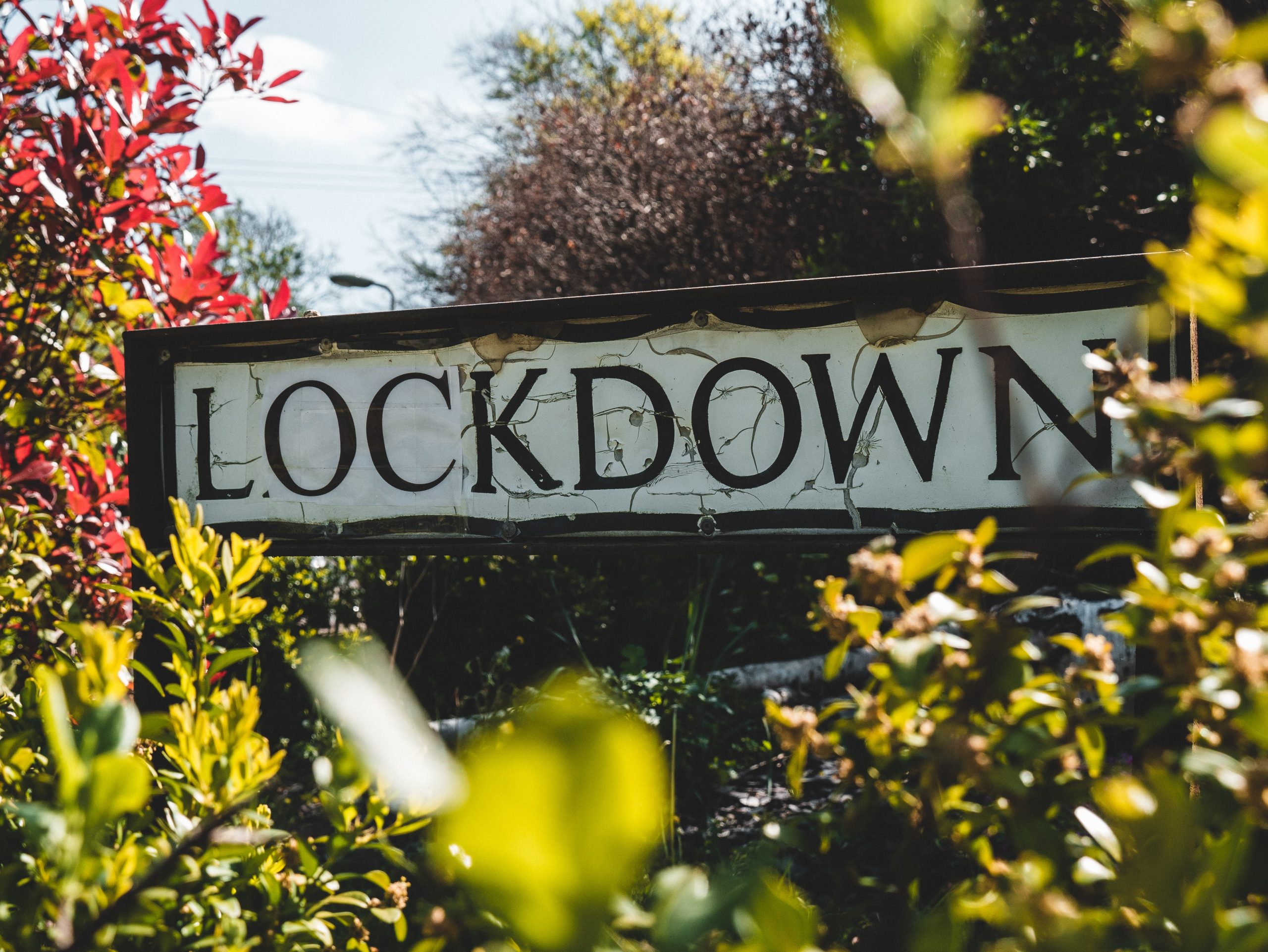
Credit: Matt Seymour / Unsplash
Though Jani-Friend has occasionally seen friends at a distance in her garden, outside visits are fast becoming impractical as the weather gets colder. “If I think about it, obviously I know I’m doing what I need to to keep myself safe, but I’m doing nothing like the things I was doing before the pandemic,” she said. Jani-Friend also described currently feeling “forgotten about and shoved away, while everyone else enjoys living.”
Long-term shielding has led Jani-Friend to become used to not having her needs met. “We can’t say the pandemic is over, because it isn’t; it still poses a big threat in terms of different variants,” she continued, in discussing what she views as an “individualistic” response to the pandemic.
“It’s a very selfish mindset that we have,” added Jani-Friend, saying that there is an additional stigma with the vaccine and the lack of its availability in developing countries. For her, shielding will need to continue as she feels that there is a lack of respect. She described people viewing her as paranoid, despite the danger posed by Covid-19 remaining clear and present.
“We have to put these measures in place ourselves,” she said, noting that there is currently no legal framework of protection for people continuing to shield, particularly in relation to returning to the office.
Some shielders are being forced to choose between health and wealth as workplaces struggle to navigate accommodating employees who are continuing to shield. Schools are also being left to figure it out alone, without government guidance, meaning some parents are being hounded for keeping their children at home.
Without government guidance or a framework of legal protection, shielders will continue to have their rights to life and liberty threatened. The world is desperate for pandemic restrictions to be lifted fully and for freedom to be a reality again, but at what cost to the rights and the lives of those who remain clinically vulnerable?

